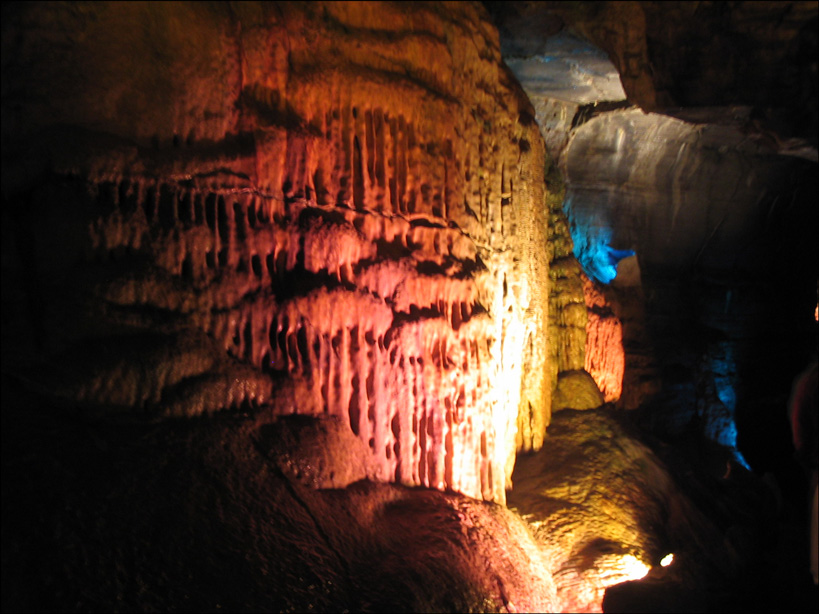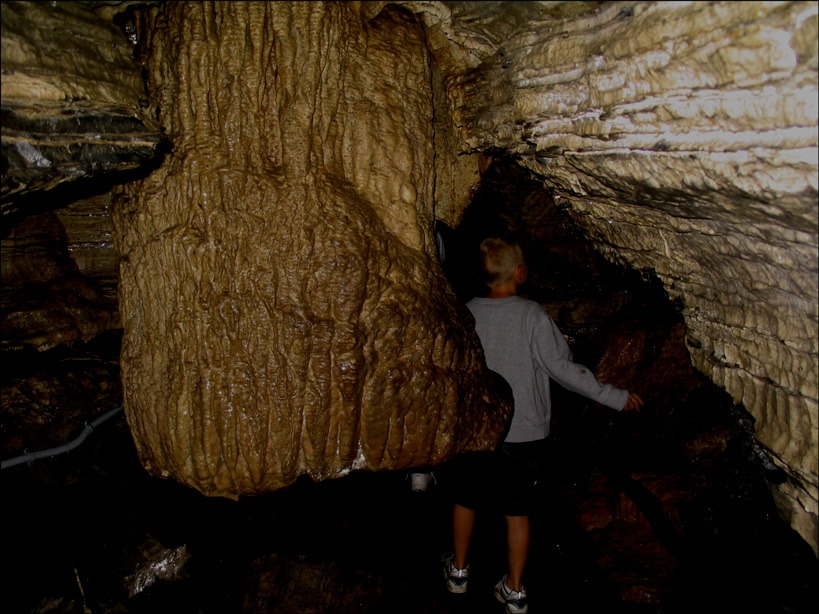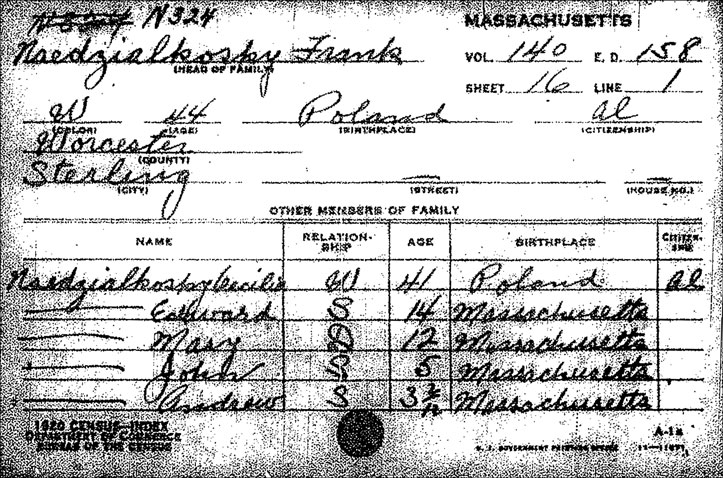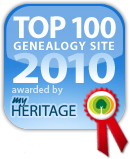Today, I’m pleased that Barb Poole has written another GuestBlog for this site! Thanks again for your contribution Barb!Â
Podcasts, what are they?
Ok, let’s get the definition of Podcast out of the way first.  According to my question to www.ask.com, I wrote “What does Podcast mean?” They reply was short and to the point.  Podcast means A sound file distributed by a podcasting server . I don’t think we need to worry about the server, but a sound file I do understand . Just be sure to have your sound turned on!
Googling the words Podcast + genealogy, generated 400,000 hits on June 24, 2006. Â I suspect that list will grow as time goes on . This does not mean there are 400,000 separate podcasts; some of the more popular sites are mentioned in different blogs or web pages, so the same podcast could be mentioned several times. Â To find a more specific site, you can add more words in your search engine, subjects such as Italian, Canadian, organizing, filing, or Polish (the words podcast + genealogy + Polish will give you Steve Danko’s blog.
I am only going to discuss two of the well known genealogy podcasts . The first one listed below has been around for quite a long time, and the second much more recent . Â Each is uniquely different . One has just the sound of the speakers; the other has visuals to go along with the lecture . There are many other podcasts out there; you should be able to find some which meet your needs.
A very popular podcast is http://www.genealogyguys.com/ Â in which George G. Morgan and Drew Smith discuss news items, have interviews and answer listener’s mail. Â There is also a short advertisement from their sponsor . Â The two interact well with one another, and a discussion outline is provided as well . Their voices are soothing to listen to, and it is a joy to listen to them while doing something else, either at the computer or away from the computer. Â
One of the first podcasts I listened to was through the New England Historical Genealogical Society (NEHGS) web site: http://www.newenglandancestors.org/. The lecture was called Who Was Your Mother’s Mother’s Mother’s Mother? by Julie Helen Otto, a genealogist at the Society . Â This is a free lecture, and technically is a Macromedia presentation, not a podcast . Listening to this was like being in a lecture hall, as there were slides & graphics, as well as an outline and the length of time shown for each topic (you always knew how much time was left). Â In addition, It is very easy to press replay or skip a topic . On another note, I know Julie personally and was very impressed with her lecture, I must tell her that. Â If the icon for this lecture is not on the home page (it will probably be removed when the next new lecture is posted), just go to the Education Center tab and you will see archived lectures, including several for Getting Started in Genealogy.
I am thinking that this might be the future for some genealogy seminars at conferences. Â Instead of purchasing the lecture on a tape cassette, you would pay for the lecture when you download it . The last large conference I attended, I ordered a set of 9 cassettes (you normally can’t attend each lecture you want to hear as there are too many being held at the same time), and so buying them was the next best thing. Â The worst thing was having to wait around after the lecture for the cassettes to be copied . Then you had to carry them home in an already stuffed suitcase!
It should be noted that Podcasts are not just for genealogists, people in other professions use them too, but of course we like to think they were developed just for us, as were blogs, emails, message boards, chats and computers!












